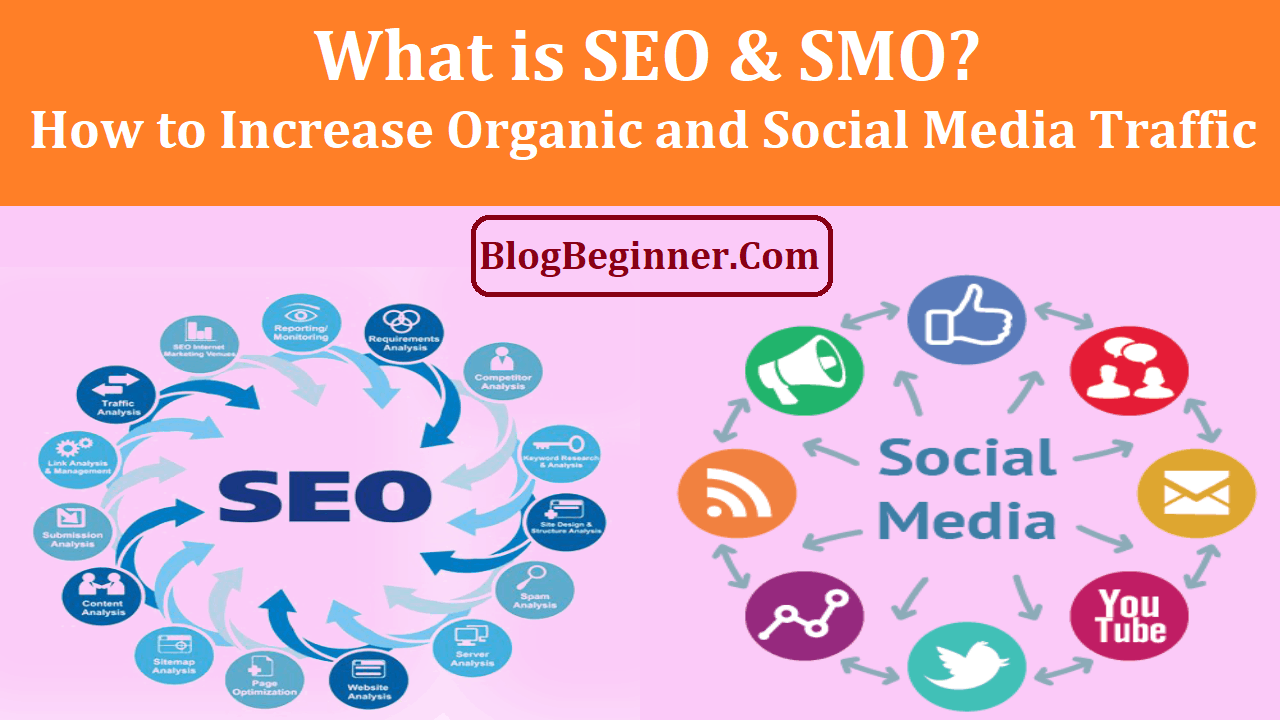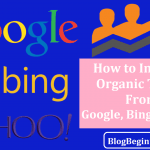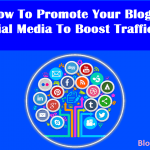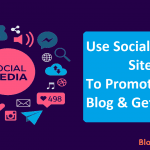In order to increase your website’s organic and viral social search traffic, you need to learn how to perform on page search engine optimization (SEO) and social media optimization (SMO).
On page SEO refers to the optimization techniques you perform within your website.
These techniques include internal linking, image optimization, and optimization of the following website sections: page titles, meta descriptions, meta tags, URL structures, and body tags.
In short, on page SEO kickstarts the optimization process.
On the other hand, SMO refers to the strategies that make use of popular social media sites such as Facebook, Twitter, LinkedIn, Instagram, and YouTube.
It’s the process of increasing the awareness of a brand, product, or service by using a number of social media networks and outlets.
The main goal of SMO is to generate viral publicity. It’s a very powerful strategy that you should be utilizing whenever you can.
Social sites are among the most visited websites on the internet. You are missing out on a lot of opportunities if you are not taking advantage of them and their immense reach.
Contents In Page
On Page SEO Techniques You Should Be Using
-
Each of the pages and posts in your website should have their own unique titles.
The titles should also contain the main keywords for that page. For example, if the page is about your affiliate marketing services, the title should contain the phrase “affiliate marketing services”.
Your pages and posts have much better chances of being found in search engines if they have keyword-rich and descriptive titles.
-
Always include meta descriptions in your website’s pages.
This is something that a lot of webmasters often take for granted. Meta descriptions are very important because they are used and displayed when your website or page is listed in the search results.
People will immediately get an idea about what your page contains based on the meta description alone. You should make your meta description short, clear, and descriptive.
-
Use meta tags.
The role of these tags is very similar to that of meta descriptions. The tags are instrumental in helping search engines and readers determine what your pages are all about.
These are basically words that are hidden in your website’s code. Search engines will read through your codes and go over the tags.
This enables the search engines to have a simple and summarized idea of what your website is all about. Search engines also use the meta tags to verify the relevance of the tags to the contents of your website.
-
Make your URLs as search-friendly as possible.
When we say a URL is search-friendly, it should be short and it should contain a keyword or a keyword phrase.
They are easier to crawl and index. It’s a well-proven fact that shorter URLs tend to rank higher compared to longer URLs.
To make the URLs even stronger, you should include in it targeted keywords.
For example, if the content of the URL is about vegan recipes, then it should probably contain the phrase “vegan recipes”.
-
Use a lot of body tags especially in long pieces of content.
It’s standard practice to break up your content into paragraphs and lists using body tags. Give your sections heading by using H1, H2, and H3 tags.
Search engines look at these headings to determine what’s important in your content. In a nutshell, body tags help in making your content more visible in search engine results.
-
Watch close the keyword density in your website’s content.
Keyword density is the measurement of how often your keywords are used inside your content.
Ideally, you should maintain your website’s keyword density between 2% and 5%. Don’t try to go beyond 5% because you run the risk of being accused as a keyword spammer.
The general rule is that you should not excessively repeat your keywords.
-
Optimize your images.
It’s always a good strategy to include images in the content that you create for your website.
Image searches in Google are growing and it’s a large market that you will miss out on if you don’t use images in your website.
Treat your images the way you treat regular textual content. Give them descriptive titles and tags. You should also optimize the Alt Text of the images.
-
Internal linking.
Many people have the mistaken assumption that only links from outside websites count as backlinks.
The truth is that links within your website that lead to other pages in the same website are considered by Google as well. Use internal links to connect your content together. Internal linking accomplishes a lot of things.
One, it makes it easier for readers to navigate through your website. Two, it ensures that all of your pages are crawled and indexed.
And three, it helps in improving the relevancy scores of your website pages.
Social Media Optimization Techniques You Should Be Using
-
Integrate social media into your website.
What do we mean by this?
It basically means you should integrate social sharing tools in the architecture of your website.
For example, there should be sharing buttons at the ends of your articles to make it easy for readers to share your content to popular social sites like Facebook and Twitter.
You should also prominently display links that direct to your social media profiles.
-
Use social media sites as branding tools for your website.
Consistency is the key here. This is why before you embark on a marketing campaign, you should be sure of the type of brand that you want to build.
Make your profiles as complete as possible and never stop creating content that push your brand forward.
The message you are trying to convey on Facebook should be the same message you are sending in other social media platforms. Again, consistency is the key here.
-
Use keywords in your social media posts.
The keywords and phrases that you are using for search engine optimization should be the same keywords you are using in your social media posts.
These keywords make it easier for people to find you on social sites. Another great way to use your keywords is through hashtags.
Use relevant hashtags whenever you can. Hashtags are discovery tools that connect you with your target audiences.
-
Get in touch with social media influencers and enter into promotional deals.
Find influencers who operate within the same niche as your website and see if you can get their help in promoting your website.
It’s going to cost you some money and resources but it’s all worth it considering the potential rewards you will reap from the partnerships.
A single Facebook post or tweet about your website from an influencer can instantly send hundreds if not thousands of readers and potential customers to your website.
-
Track your social media marketing campaigns.
There are apps and software programs out there that you can use to accurately measure the performances of your social media marketing campaigns.
Using these trackers help you understand what strategies are working and which strategies are useless.
Needless to say, you use the information you gather from these trackers to improve the performances of your social media marketing campaigns.
-
Connect with the people interacting with your social media profiles.
If someone leaves a comment or a message, you should answer and provide feedback. Being active in engaging with your audiences is still the best way to get the most out of social media.
If you want to improve the traffic that you are getting from search engines and social media sites, you should be spending a good amount of your time and resources on on-page SEO and SMO. SEO and SMO go hand in hand.
They complement each other.
The better you become in SEO, the more effective you will be in SMO.
Just follow the strategies we have discussed above and you will be off to a great start.








